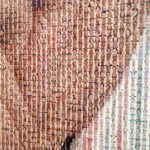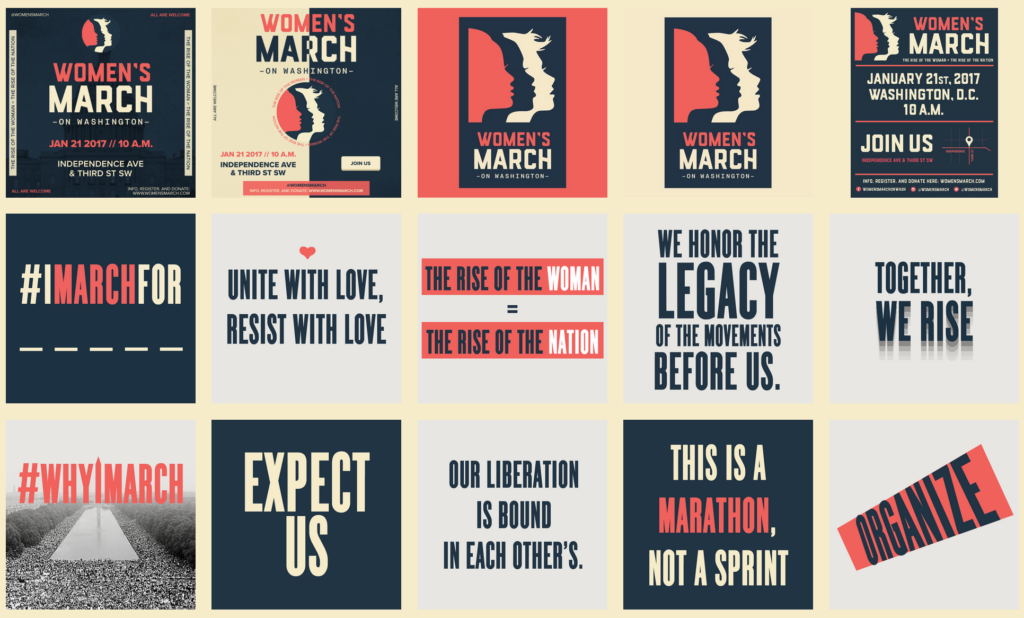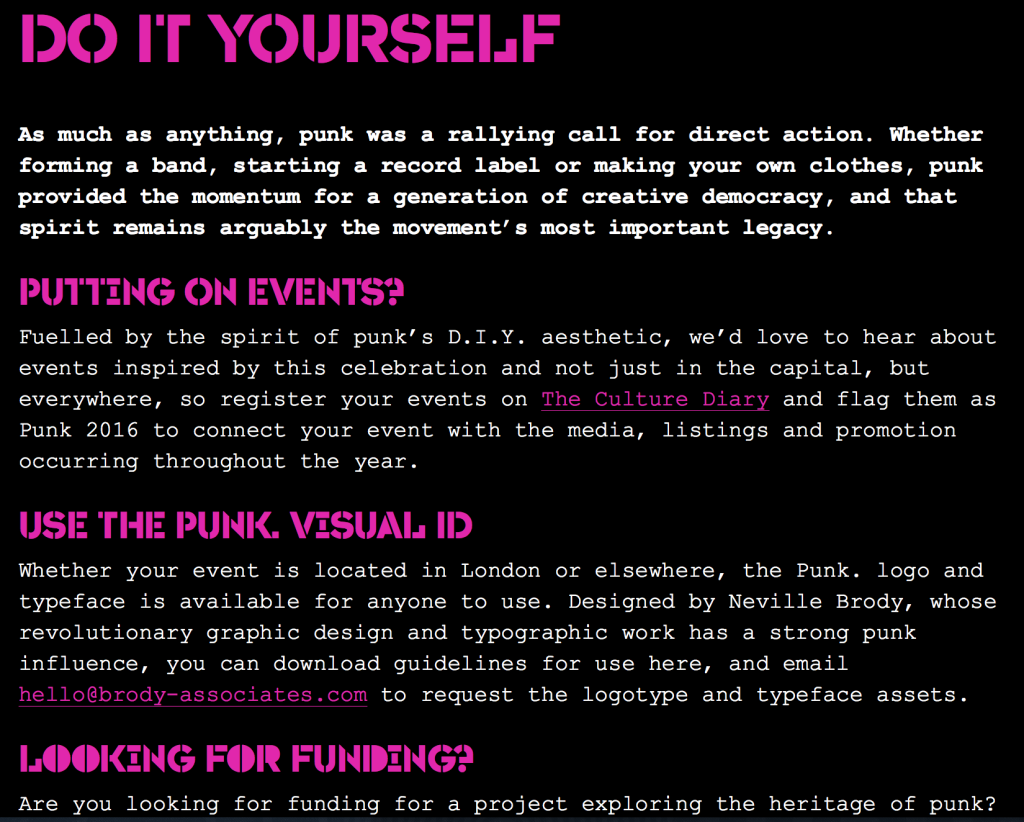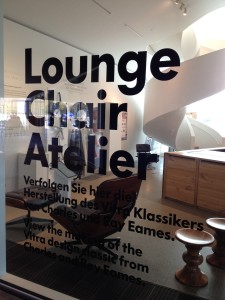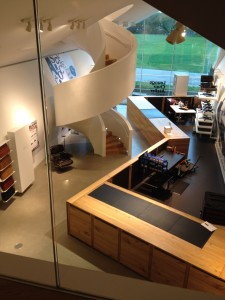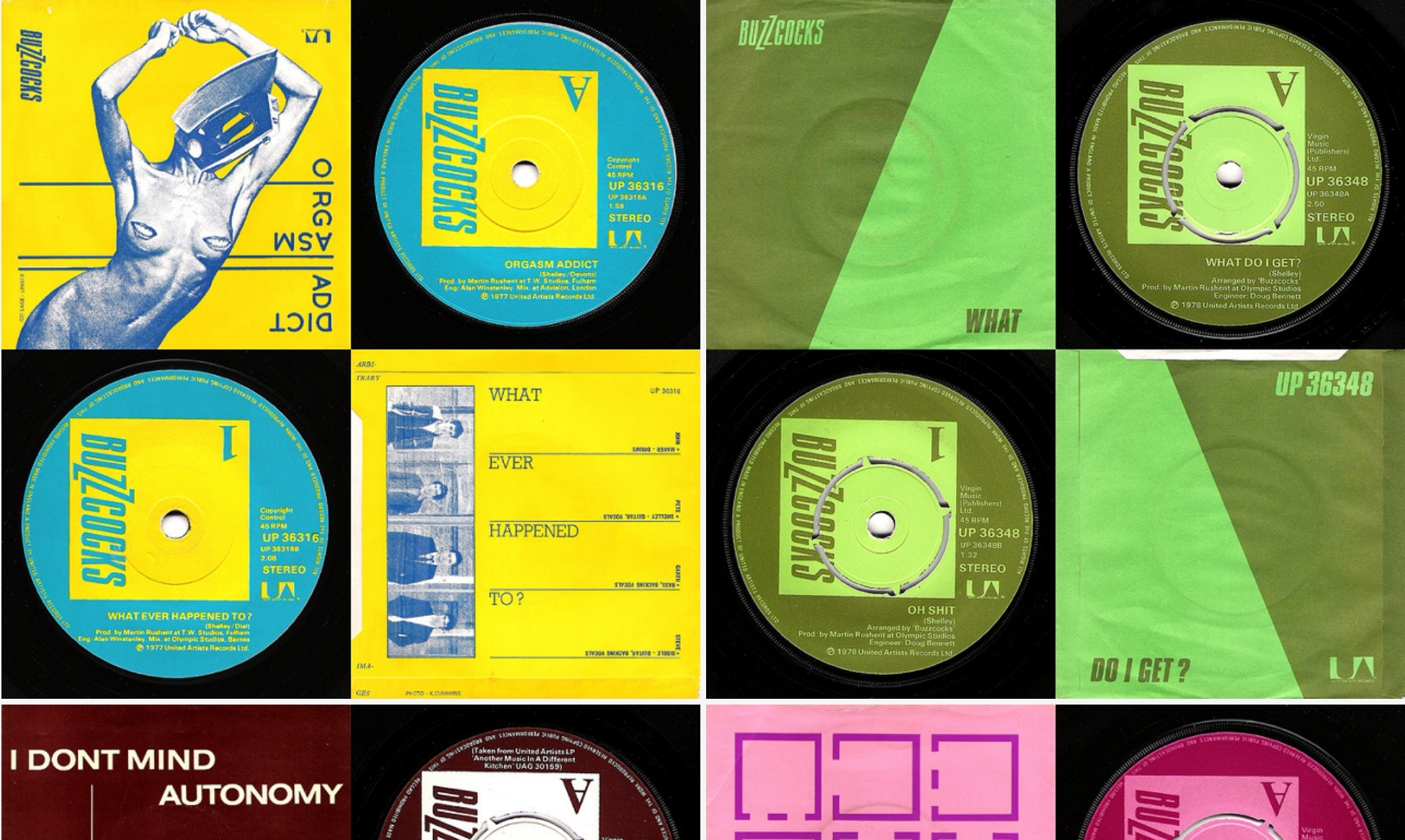
Screen Shot from Malcolm Garrett’s website, showing Buzzcocks graphics, photographed by Nick Harling
I love collections, and exhibitions of collections, especially when they inspire designers and their work, so I would very much like to make the journey to Manchester (which I wrote about, here) to see Collecting Malcolm Garrett, part of the design festival, Design Manchester 17. In celebration of Malcolm Garrett and his work in the music industry (which he spoke about at Pick Me Up, reviewed here), I’m posting another previously unpublished interview from the British Council exhibition, Sound Design. Malcolm mentions his old school friends, Peter Saville (read that interview here) and Keith Breeden, who I also interviewed, so watch out for that interview too.
Malcolm Garrett, interviewed by Liz Farrelly on 12/7/2000.
Liz Farrelly: Where did it all start?
Malcolm Garrett: The Buzzocks was 23 years ago. It came about because I wanted to do a sleeve that wasn’t just a piece of cardboard and I was always interested in corporate graphics, as opposed to corporations, and subverting corporate graphics and systems graphics too, because a record sleeve is fundamentally information. So I was looking at it from an informational standpoint, as opposed to an art gallery standpoint. We were selling something so much more ethereal than say, banking services, so there was a frisson there. And because, with the Buzzcocks, some of their songs were looking at the nature of society and relationships in quite a detached way, it seemed appropriate to misappropriate some form of informational graphics.
Continue reading

